Modi govt is readying a Yoga Army to meet global 'demand'
Fri 14 Apr 2017, 15:10:29
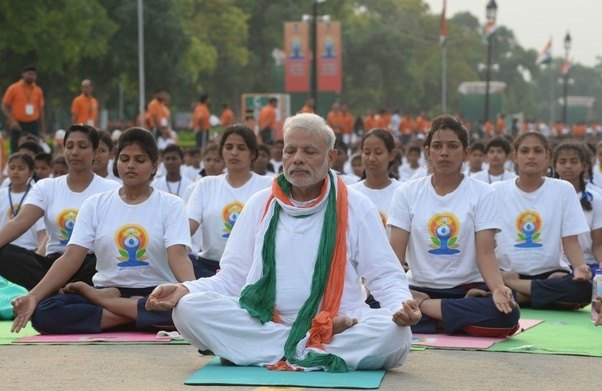
The Voluntary Certification of Yoga Professionals introduced on June 22, 2015 – the first World Yoga Day after the UN announced one – has started producing the ancient art’s first-ever government approved practitioners at a steady pace. In November 2016, Union State Minister of AYUSH Yesso Naik had informed the Lok Sabha that the government had certified 734 yoga professionals in 17 months.
That’s 43 government certified Yoga trainers every month. There were 31 Yoga teachers deployed abroad attached to respective Indian embassies. The AYUSH (Ayurveda, Yoga and Naturopathy, Unani, Siddha and Homoeopathy) ministry even sent a Yoga troupe to Iraq in June 2016. Naik further stated, “It involves certifying the competence level of professionals to help their deployment within and outside the country to meet the increased demand. At present, there is no central legislation for the regulation of education and practice in Yoga.”
That the Centre has taken on itself to bridge this demand gap for Yoga trainers can partly be explained by the little control it has over the Yoga industry in India. The minister has admitted in Lok Sabha that government doesn’t maintain a database of private Yoga institutes. Spread across India, these institutes churn out thousands of Yoga trainers of various nationalities every year. In his 2015 Budget, Finance Minister Arun Jaitley had declared all Yoga related businesses as charities exempt from tax.
These Yoga trainers have been certified by the Adil Zainulbhai-headed Quality Council of India (QCI). Zainulbhai, a senior advisor at McKinsey, was appointed to the post in September 2014 by Prime Minister Modi. But, it’s not Zainulbhai who calls the shots. It is the Yoga Certification Steering Committee of the QCI which decides who to certify. The committee is headed by Art of Living founder Sri Sri Ravishankar whose own Yoga school is one of the two organisations certified by the QCI.
At the moment, the government has launched two out of the four levels — Level 1, a beginner’s course for certification as ‘instructors’, and Level 2 for being a ‘teacher’. The others include Level 3, which an instructor would have to clear to be called a ‘guru’, and Level 4, which would be required to be titled an ‘acharaya’.
The Parliament was informed that 502 and 232 candidates had passed the Level 1 and Level 2 tests, respectively, till date. The exams conducted by QCI certified agencies are quite like a medical curriculum involving a written and a practical part. Questions on theology can range from controversial to the obvious. For instance, the model test paper for Level 2 asks the following:
Who amongst these is not an Acharya in the traditional sense of term ‘Acharya’
a. Shankara
b. Ramanuja
c. Shri Aurobindo
d. Vallabha
While the government is upping the ante by producing more certified professionals, the Indian Council for Cultural Relations (ICCR) has been acting as a force multiplier. The ICCR has deployed Yoga teachers attached to Indian embassies at 19 missions and consulates, from Mexico to Kula Lumpur and Moscow to Male. The ICCR has made it mandatory for Yoga trainers applying for overseas jobs at Indian missions to have a QCI certification. Among other qualifications, a knowledge of Sanskrit or Hindi is deemed desirable unlike for other jobs like a Bharatnatyam or Odissi teacher where English fluency is required. The job has a few perks – a two-year stint abroad with expenses of a one bedroom
accommodation borne by the government. “We have been promoting Yoga abroad since the late 1980s. But with the creation of a new ministry, there is greater momentum in raising consciousness about Yoga overseas. Apart from International Yoga Day, we keep organising events at our centres across the world”, a senior official at ICCR told .
accommodation borne by the government. “We have been promoting Yoga abroad since the late 1980s. But with the creation of a new ministry, there is greater momentum in raising consciousness about Yoga overseas. Apart from International Yoga Day, we keep organising events at our centres across the world”, a senior official at ICCR told .
But the global push for Yoga by the Modi government has also to do with cultural fears about an ancient Indian art losing its association with India in the face of the proliferation of various forms of Yoga primarily emanating from the US. At an event organised by the Indian embassy in Lima, a total of 30 Peruvian health professionals were offered a two-month course. The aim of the programmes was to ensure “quality control in Yoga education and prevent quackery in the teaching and practice of Yoga". A mail sent to Aayam Gupta, the yoga teacher posted at the Indian embassy in Peru who conducted the programmes, did not elicit a response.
With the government now aggressively certifying and recruiting Yoga trainers, it has also led to the creation of an Ivy League of Yoga education. A background check on some of the Yoga teachers posted abroad and those who have been certified show that many received training at Dev Sanskriti Vishwavidyalaya in Haridwar and the Art of Living Foundation. This has also become a strong selling point for these institutes. Sri Sri Ravishankar’s Art of Living, for instance, provides a 350-hour advanced course for Rs 48,000 ($2300 for non-SAARC citizens) to aspirants at its Bengaluru Ashram. The foundation claims “The five-week curriculum is aligned with the syllabus laid down for Level-2 Yoga Teachers, under the Scheme for Voluntary Certification of Yoga Professionals, mentored by government of India and owned by QCI. The students who successfully complete the programme and examination thereafter will be eligible for the certificate from QCI after clearing an interview.”
However, India’s production line of Yoga trainers may have a hard time catching up with global demand despite the government’s hurried pace to increase the pool of certified teachers. A 2016 report on the US Yoga Industry by Yoga alliance found that 36 million Americans practice the art every year. That’s an increase of 76 per cent since 2012 and more than double the figure from 2008.
Ninety per cent of Americans now know what Yoga is. In 2012, only 70 per cent were aware of Yoga. Practitioners spent $16 billion on buying Yoga accessories, clothing, mats and classes. That’s an increase of 60 per cent as compared to 2012. With an estimated size of $27 billion, the US is the biggest and most exciting Yoga market.
The US not just consumes a lot of Yoga, it also churns out Yoga teachers by the dozen. Yoga Alliance, the country’s largest yoga teacher registry, states that it has 76,000 registered Yoga teachers and over 7,000 schools in its registry. Reports suggest that more than 14,000 new Yoga trainers had joined the Yoga Alliance in 2014 alone. Meanwhile, the Indian government has no data on how much the tax-free Indian Yoga industry is worth or contributes to the global Yoga industry.
There was curiosity among some Indian legislators on whether the government planned to certify more than 50,000 more trainers over the next three years and deploy them across the world. This was denied by the government, with Naik telling Parliament in August last year, “No such targets have been fixed. However, efforts will be made to certify the maximum number of Yoga professionals under the scheme for voluntary certification of Yoga professionals.
No Comments For This Post, Be first to write a Comment.
Most viewed from National
Most viewed from World
AIMIM News
Latest Urdu News
Most Viewed
May 26, 2020
Where should be the burial of the pilgrims martyred in the Saudi Arabia bus accident?
Latest Videos View All
Like Us
Home
About Us
Advertise With Us
All Polls
Epaper Archives
Privacy Policy
Contact Us
Download Etemaad App
© 2025 Etemaad Daily News, All Rights Reserved.

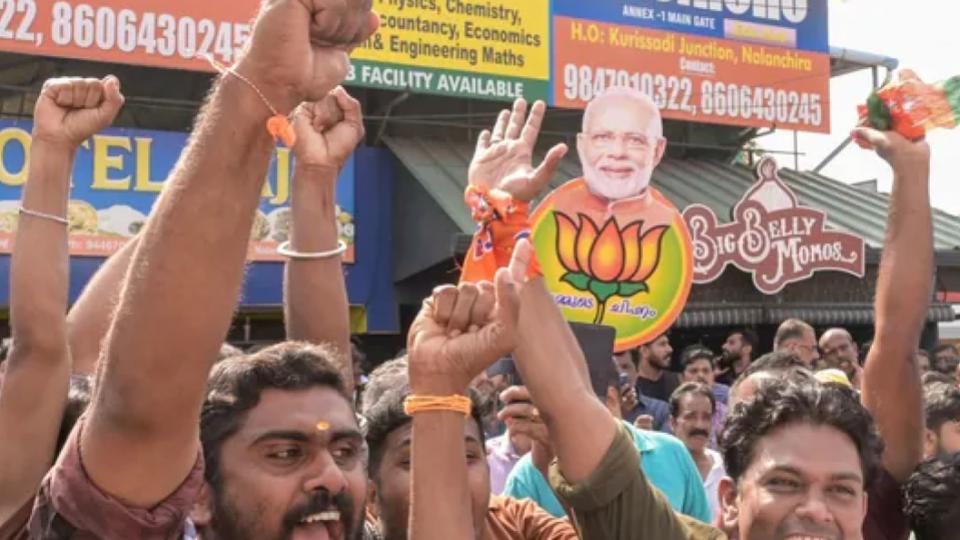

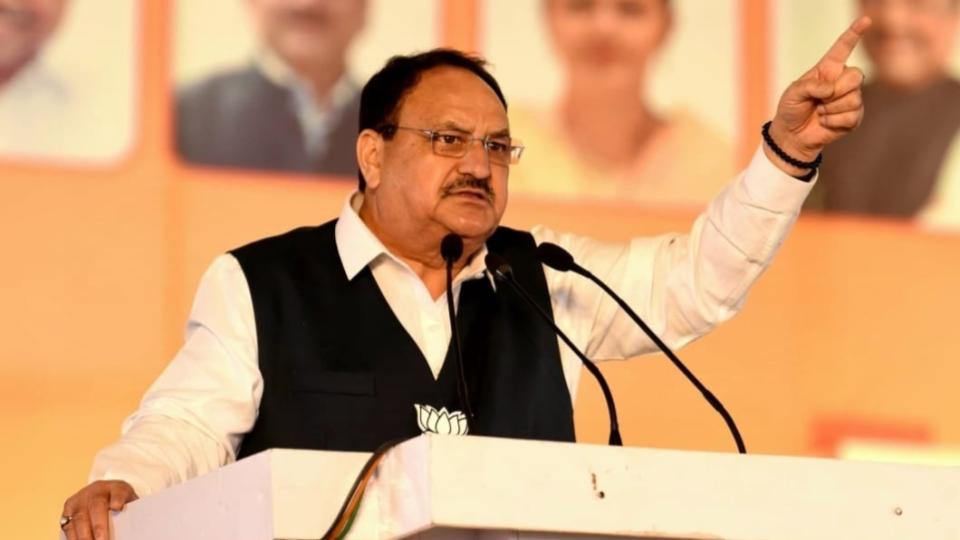
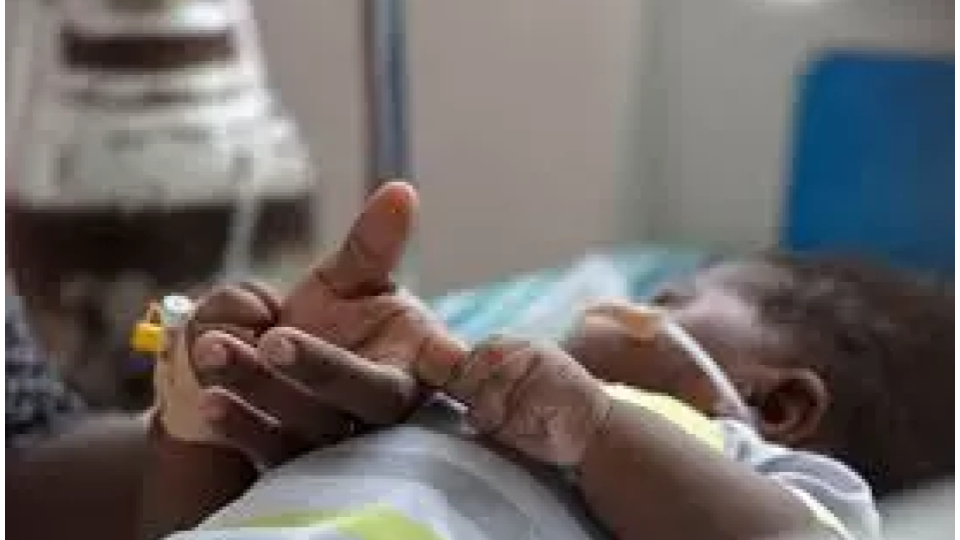
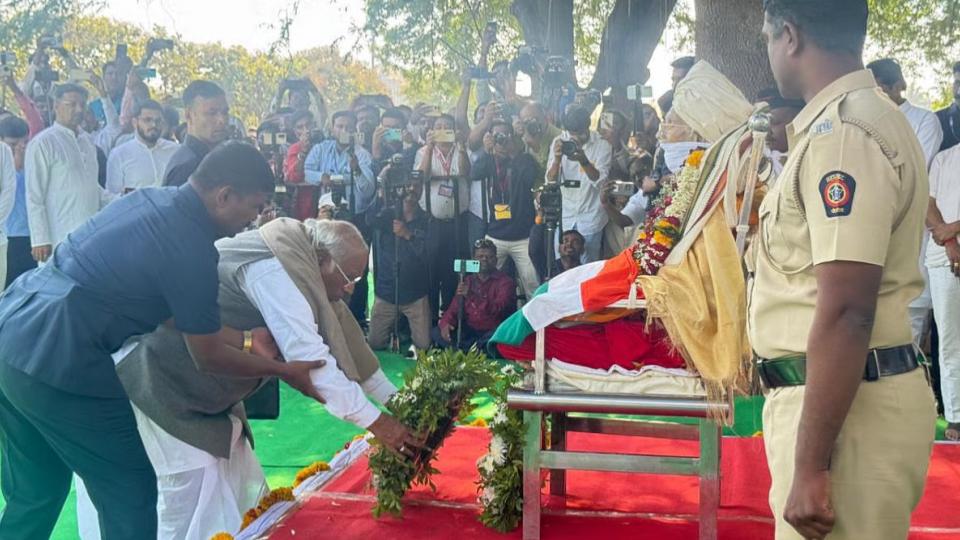
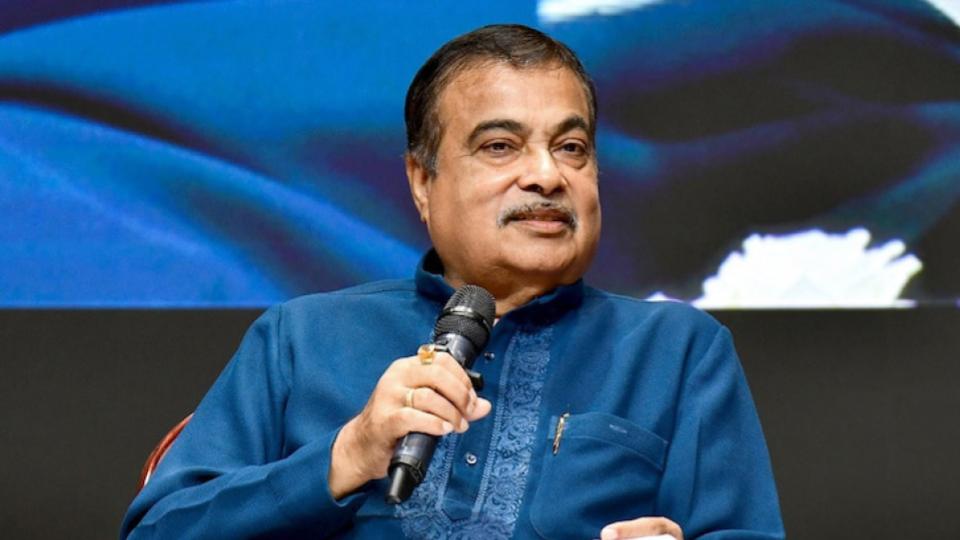
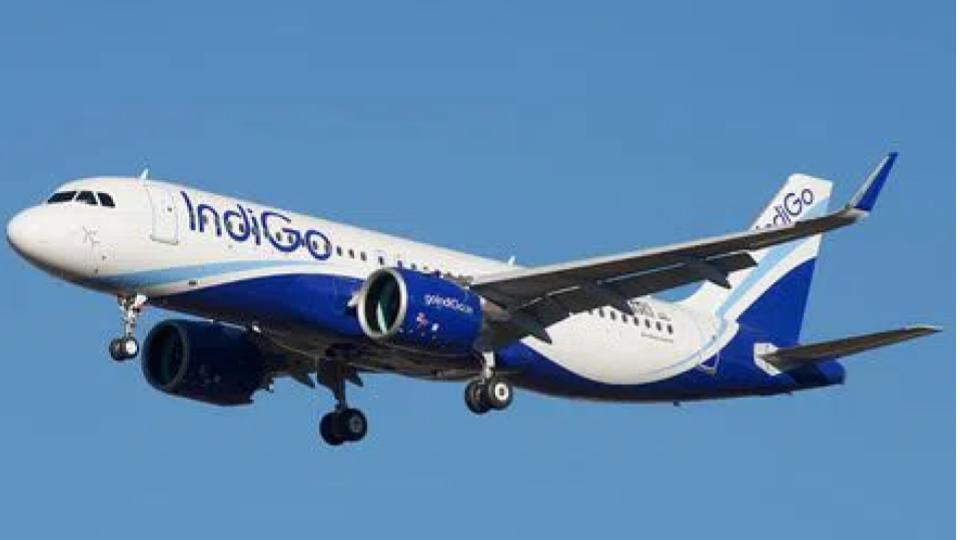
.jpg)
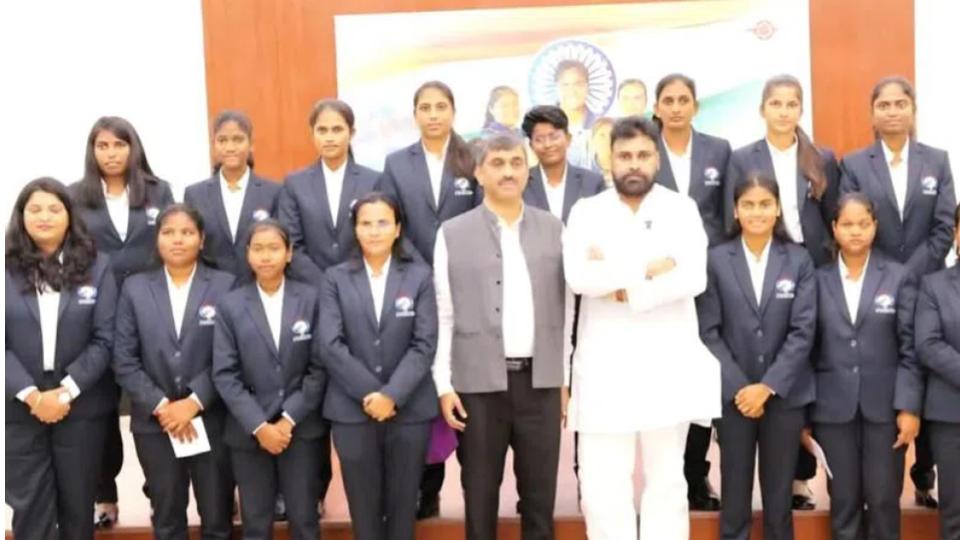
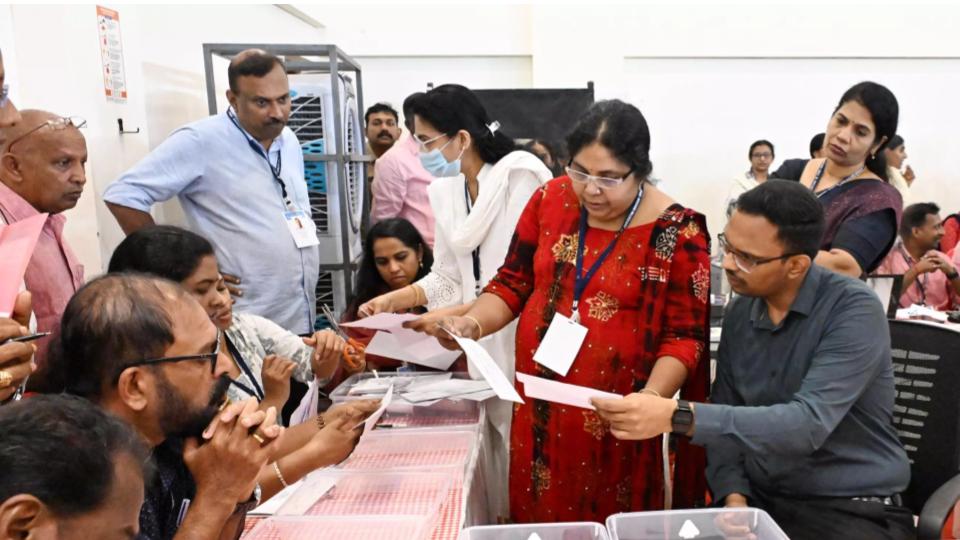

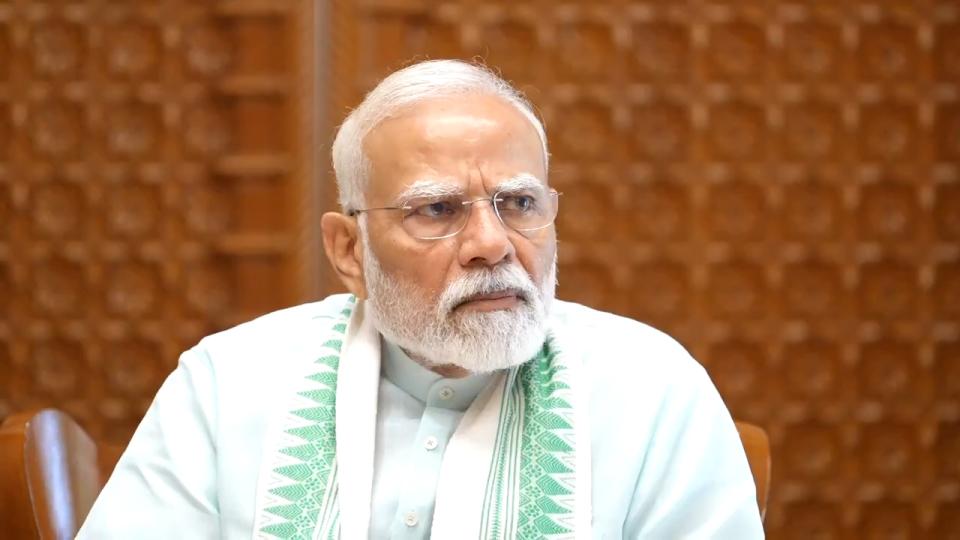
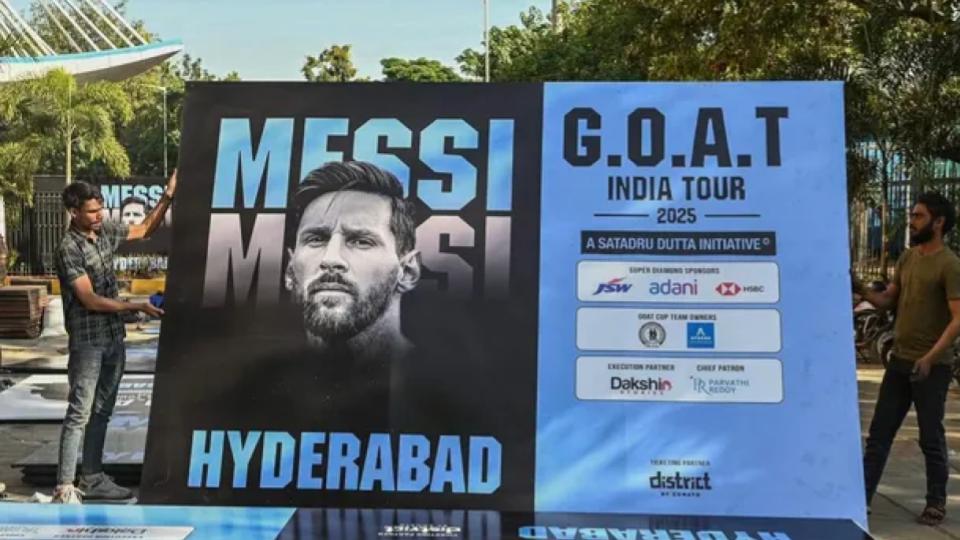
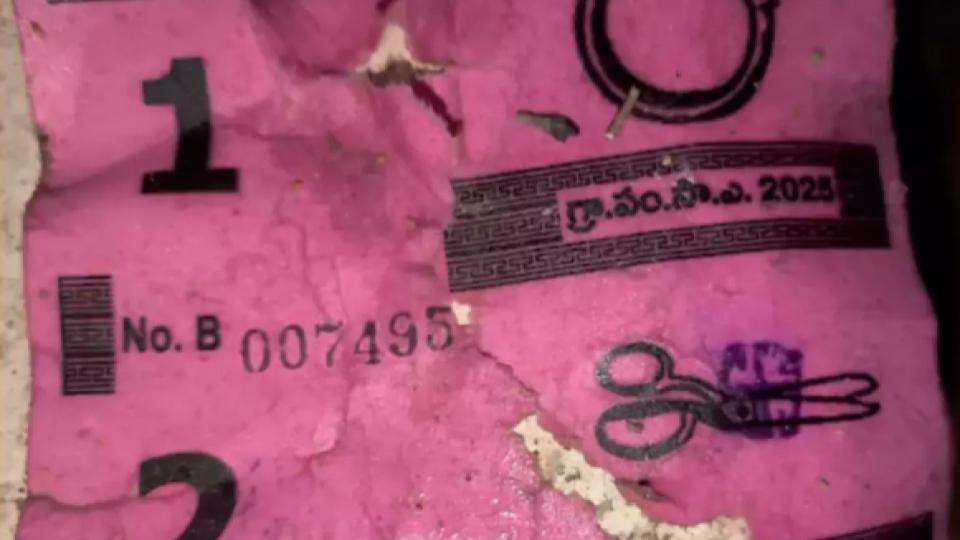
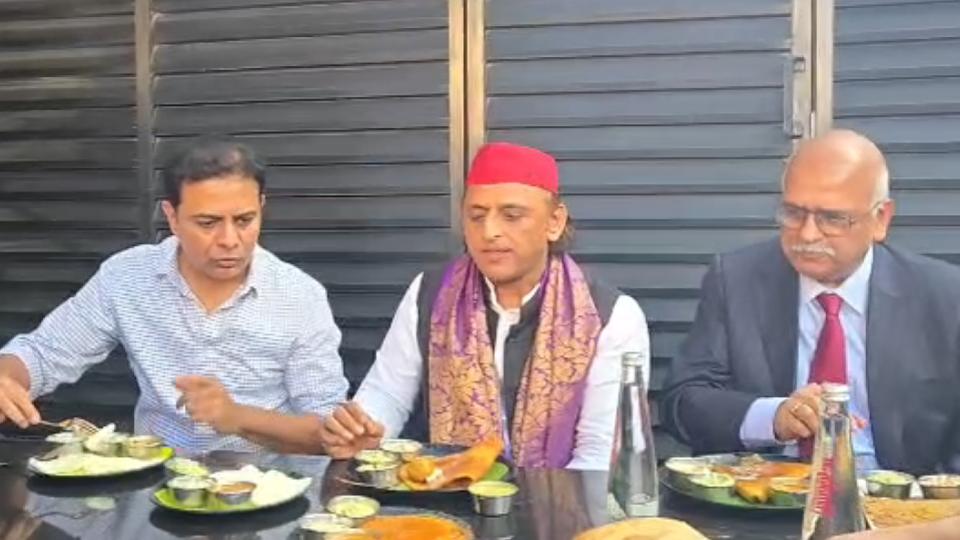
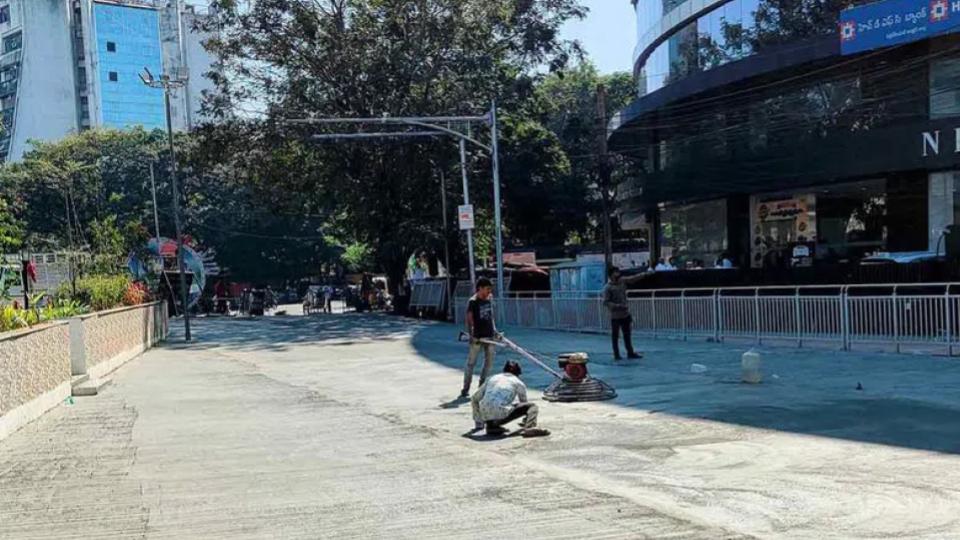

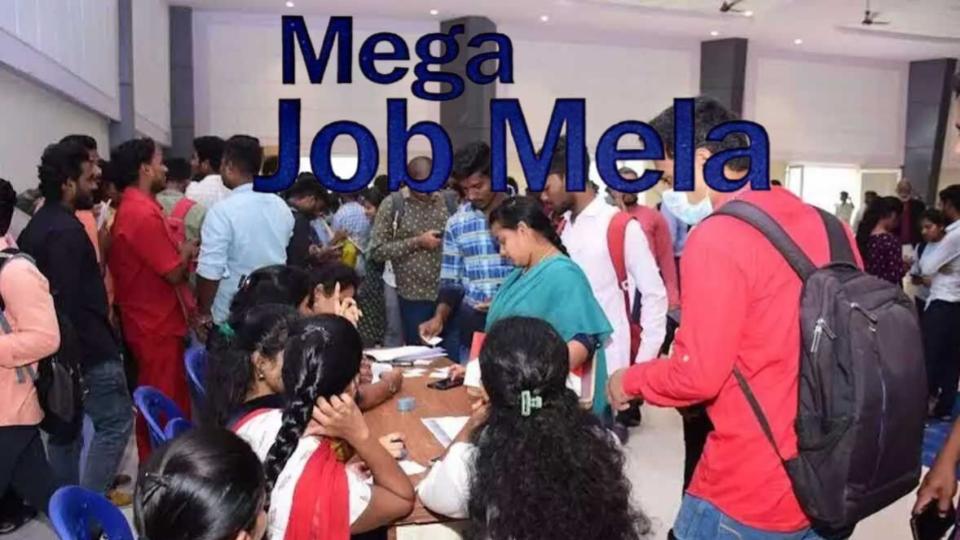
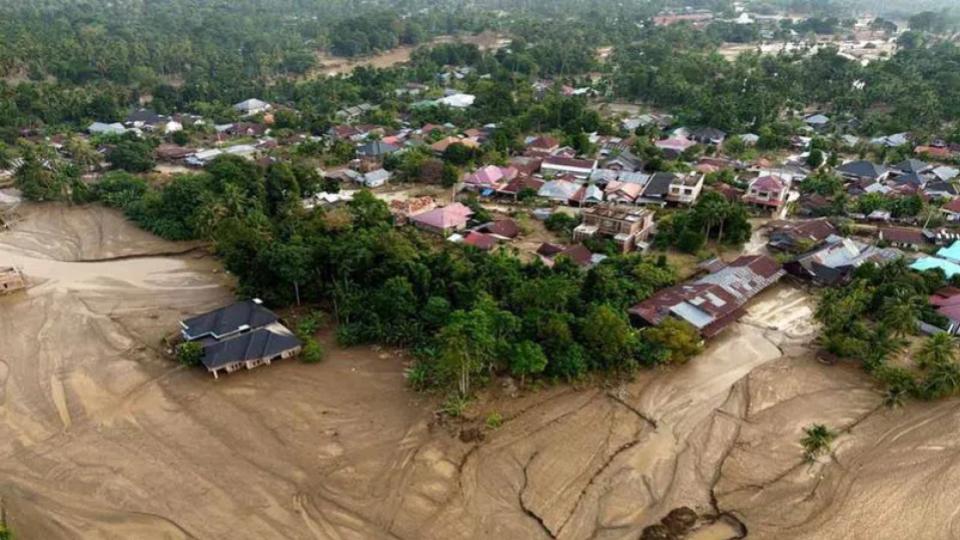
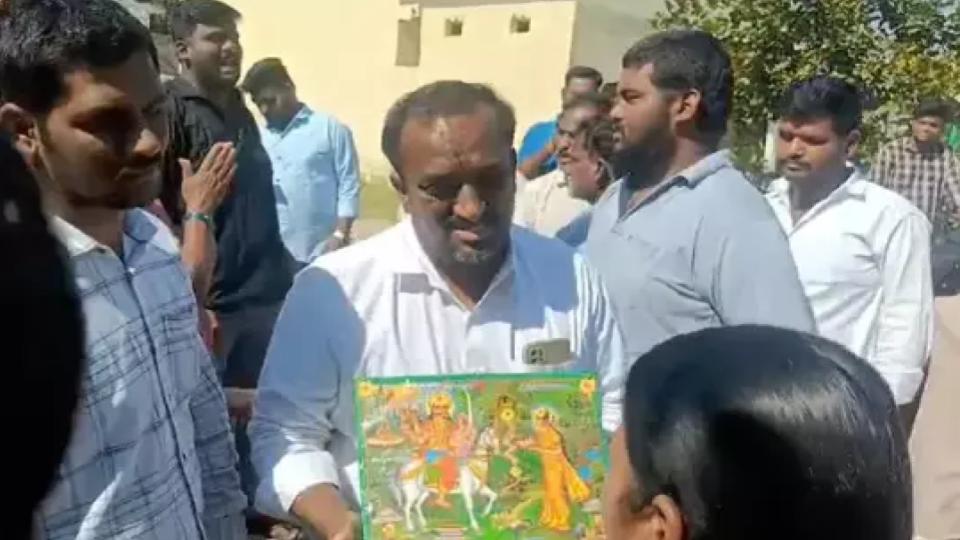
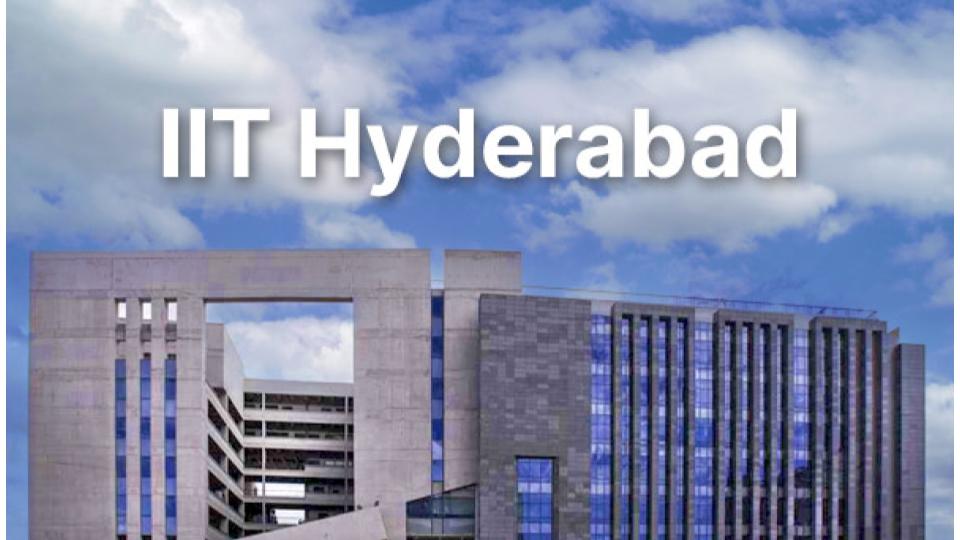
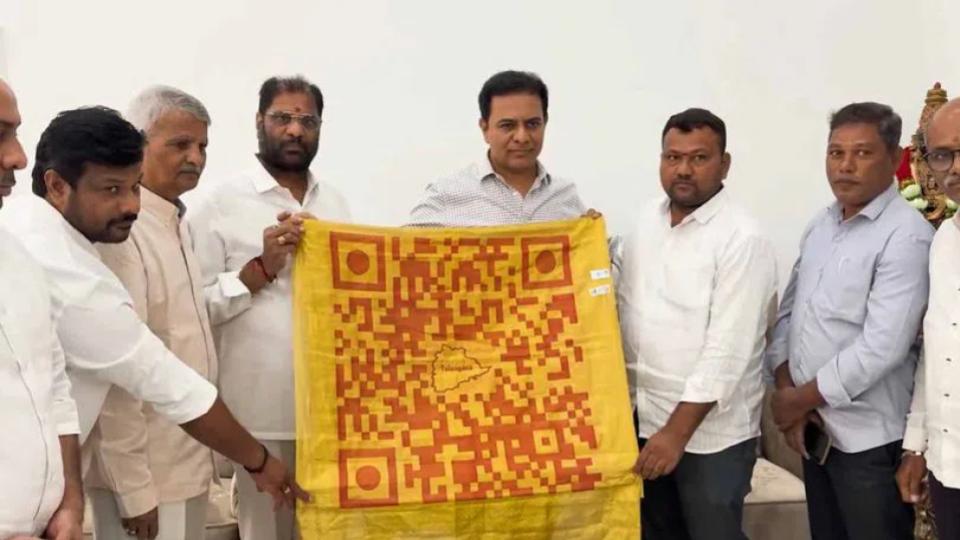
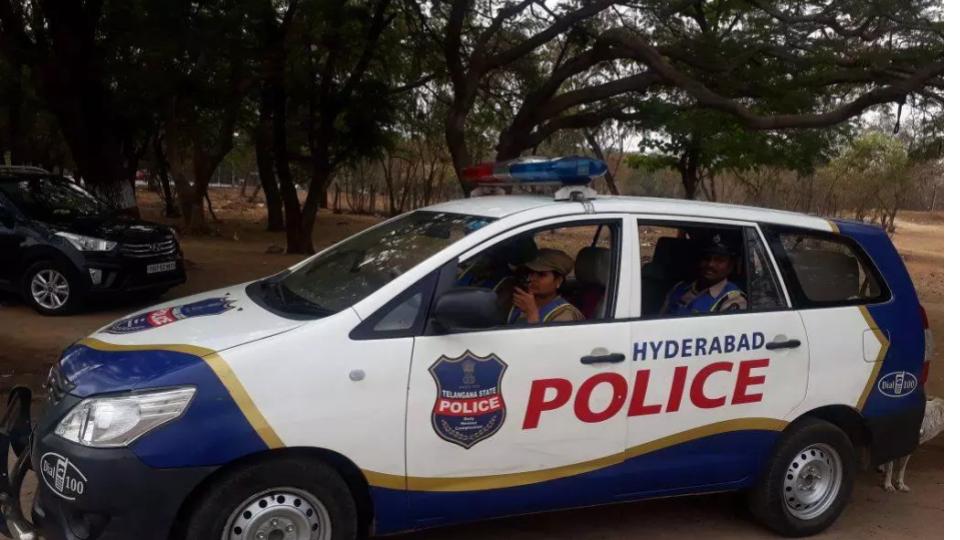
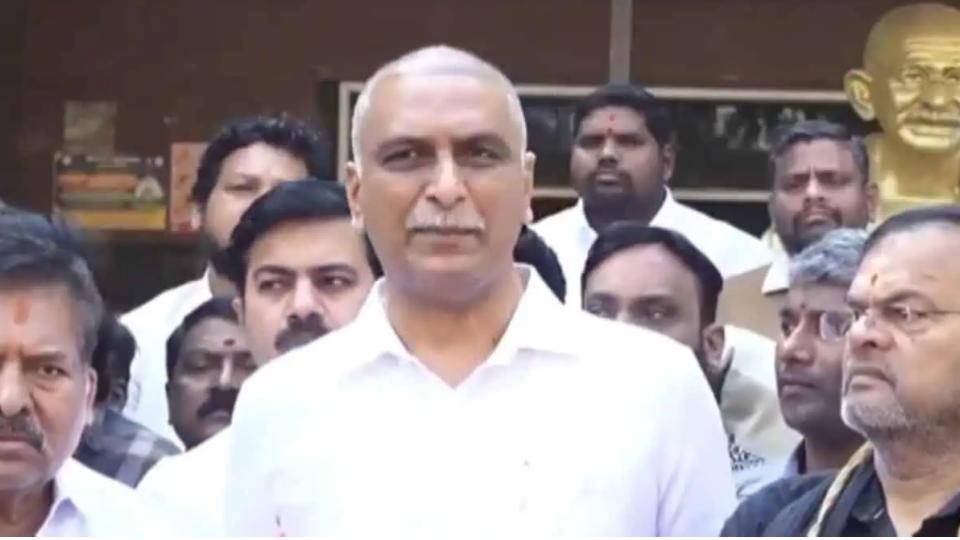












.jpg)
.jpg)
.jpg)


